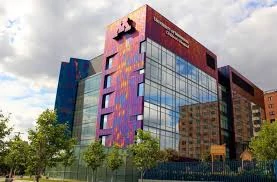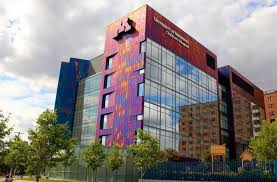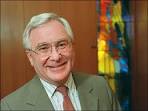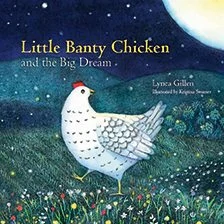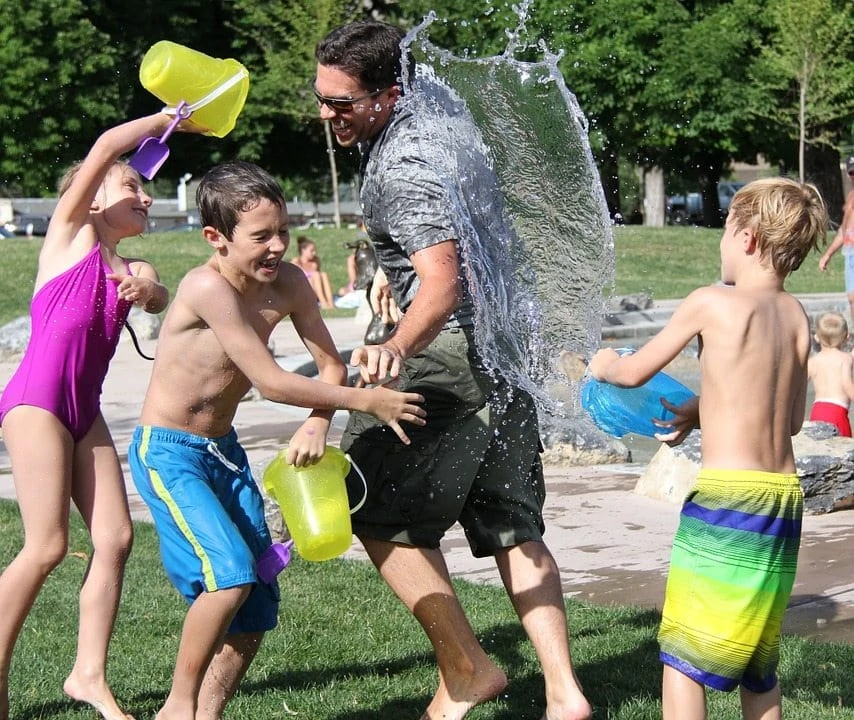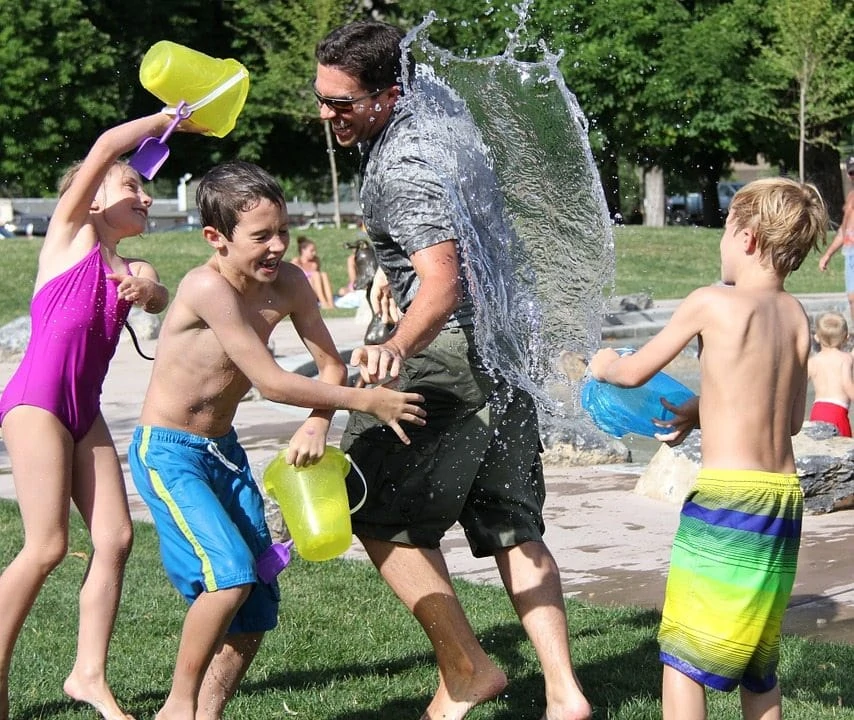For parents and children struggling with mental health and behavioral issues, the stress of life can be overwhelming. Often the clients come from families with unresolved grief and trauma. The professionals working in the field need tools that are simple and effective, help resolve the grief and trauma, and address the needs of the whole child. Many programs are looking for a new model of mental and behavioral health so they are adding yoga and mindfulness to their programs – and they are reporting success with their young clients.
These are just a few of the reasons we see increasing numbers of hospitals turning to programs like ours to provide additional support for the children they serve – facilities such as the University of Minnesota Masonic Children’s Hospital (formerly Amplatz).
When University of Minnesota Masonic Children’s Hospital started offering regular yoga sessions for its behavioral health patients, it didn’t take long for caregivers to notice a huge difference. During therapy sessions right after they finished a Yoga Calm® class, the teenagers were more relaxed, less anxious, more focused, and better able to participate.
Many of the kids in the hospital’s Child and Adolescent Mental Health and Intensive Treatment Center are grappling with anxiety, depression, psychosis, substance abuse, and other emotional and behavioral disorders.
* * *
The program reduces patients’ anxiety and agitation, while also helping them calm their nervous systems, which then leads to strong progress in therapy, says Susan Heitzman, a clinical nurse specialist and advanced practice nurse leader in the hospital’s child and adolescent behavioral services.
The Impact of Trauma on the Young Brain
The impact of trauma and repeated adversity on the brain are well documented by science. Children and teens are especially vulnerable, with repeated activation of the stress response producing a constant state of physiological and emotional arousal. This, in turn, interferes with executive function and the development of self-regulation skills.
While cognitive-based therapies have proven effective for a number of mental health disorders, including anxiety and depression, they require the ability to engage in logical and abstract reasoning. This makes them less effective for youth during the acute stages of illness, when the nervous systems are highly dysregulated.
This is where yoga – defined as the integration of body, mind and breath to promote mental and physical health – comes in.
Some of the oldest yogic practices, such as slow diaphragmatic breathing, are well-known for their ability to help regulate the nervous system. Dr. Herbert Benson was one of the first to publish documentation of yogic breathing’s ability to calm the “fight or flight” response by triggering the parasympathetic nervous system – a reaction he termed “the relaxation response.”
Later research by Benson focused on other yogic practices with middle and high school students in particular. These included developing a non-reactive attitude toward distractions, using “mini relaxations” in response to stress, improving body awareness through stretching exercises, and developing attention skills. Benson observed increased self-esteem and a tendency toward greater “internal locus of control” scores, as well as increases in GPA, cooperative behavior and positive work habits.
It’s not for nothing that the mind-body practice of yoga is recognized by the National Institutes of Health and the National Center for Complementary and Alternative Medicine, among others.
Rhythm Regulates the Brain
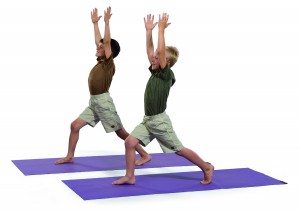
Dr. Bruce Perry and his Neurosequential Model of Therapeutics proposes such stimulation as a means of calming the hyper-aroused nervous system. This lays a foundation upon which more cognitively-based treatments may eventually be introduced. These bodily sensing exercises are especially useful in cases of early, developmental trauma, when preconscious “implicit memory” is laid down in the primitive brain stem (survival brain) and viscera.
Here’s a wonderful resource child and family counselor – and Certified Yoga Calm Youth Instructor – Sue Jepson-DeResta created, mapping Yoga Calm activities to support the 6 core strengths identified by Dr. Perry in his work.
As with early childhood trauma, PTSD researchers such as Bessel van der Kolk have likewise found that the use of rhythmic, repetitive regulating movement such as yoga can provide powerful therapeutic benefits – without the re-traumatization that can occur with conventional therapies.
A New Day
When the Mayo Clinic’s adolescent dual diagnosis unit first started using Yoga Calm with their patients back in 2008, bringing yoga to that population was still rather novel. Not even 10 years later, it’s emerging as an entirely normal complement to traditional pharmacological and cognitive approaches.
And now with our online certification series, clinic and hospital staffs around the world can learn these treatment options. Our experienced trainers are also available for staff trainings and coaching.

